Sam Hughes
Sir Samuel Hughes was Canada’s Minister of Militia & Defense until November 1916. While some of his equipment choices ended in embarrassing fiascoes, he was the driving force behind Canada’s war effort early in the war.
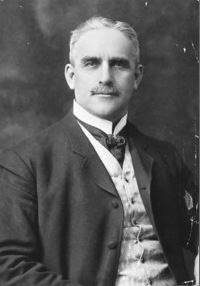
Image Source: Dictionary of Canadian Biography
John McCrae
Lieutenant Colonel John McCrae was the Canadian physician who penned the iconic war poem, In Flanders Fields. McCrae suffered greatly, both physically and mentally, as a result of his war experiences, and died as a result of fatigue and pneumonia in 1918.
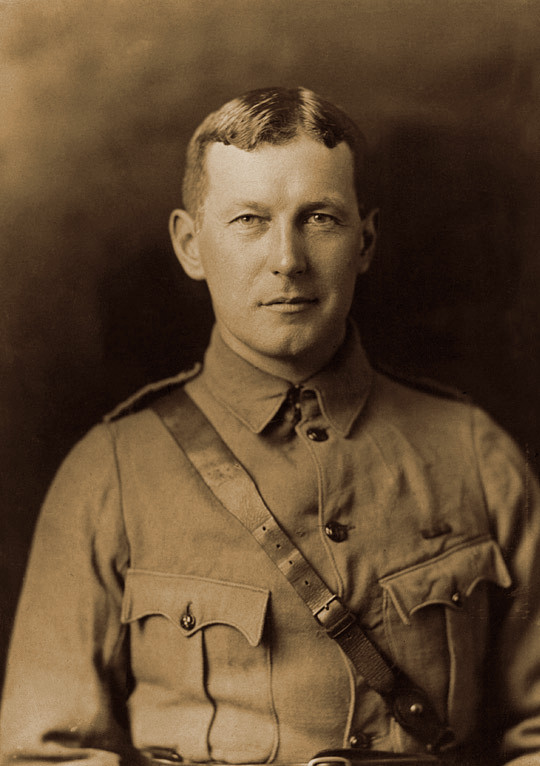
Image Source: Wikipedia
Arthur Currie
General Sir Arthur William Currie became commander of the Canadian Corps after his success at Vimy Ridge, and he held that position for the remainder of the war. Currie’s fastidious planning in preparation for battle led to him being known as one of the finest generals of the war.

Image Source: Wikipedia
Billy Bishop
William Avery Bishop (from Owen Sound, Ontario) was the British Empire’s top flying ace in the First World War. He was officially credited with 72 victories.
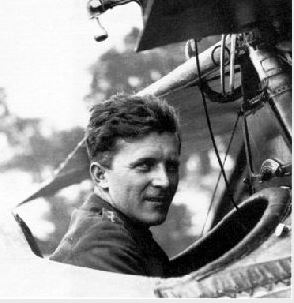
Image Source: The Canadian Encyclopedia
“Chip” Kerr
Private John Chipman Kerr of Spirit River, Alberta, was awarded the Victoria Cross at Courcelette for single-handedly capturing 62 prisoners. There is a mountain named after Kerr in Jasper National Park.
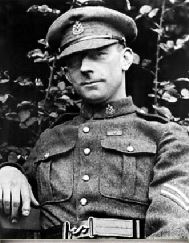
Image Source: Memorials to Valour
George Lawrence Price
Pte. Price was a Canadian soldier in the 28th Battalion, Saskatchewan Regiment. During the liberation of Mons, Price was shot in the chest by a German sniper and became the last Allied soldier to be killed before the Armistice. He died at 10:58am, November 11, 1918.

Image Source: Wikipedia
Edith Cavell
Though not a Canadian, Edith Cavell was a figure who received international attention during the war. The courageous British nurse aided some 200 Allied soldiers in escaping from German-occupied Belgium and was shot by a German firing squad as a result. Mount Edith Cavell in Jasper National Park is considered to be one of the greatest climbs in North America.
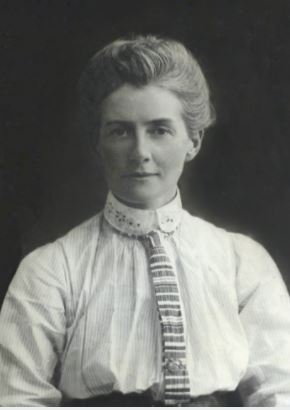
Image Source: EdithCavell.org
Billy Barker
William George Barker was Canadian flying ace who achieved the status of “ace” during a 10-month stint on the Italian front. But it was on the Western front, near the end of the war, that Barker won a Victoria Cross for shooting down three of fifteen enemy aircraft that attacked him. Billy Barker is to this day the most highly decorated serviceman in the British Empire.
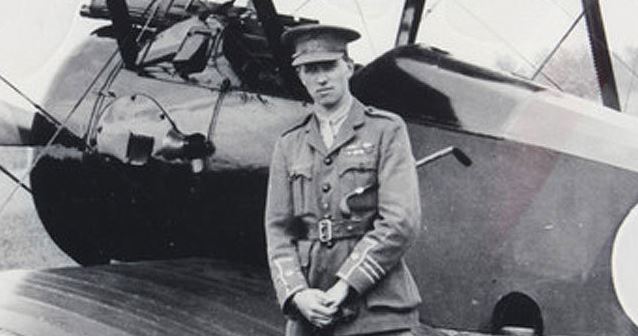
Image Source: Canoe.com
Roy Brown
Although Arthur Roy Brown had only ten aerial victories during the war, he was officially credited with having shot down the Red Baron. It remains controversial to this day whether it was in fact Brown who downed the Red Baron, or if it was ground fire. Regardless, the gallant manner in which he defended his friend Wop May in the dogfight earned him a Distinguished Service Cross.

Image Source: Wikipedia
Margaret C. MacDonald
Major Margaret MacDonald was the Matron-in-Chief of the Canadian Army Medical Corps Nursing Service. She was one of the founding members of the CAMC’s nursing service, and by the end of the war, more than 3,000 nursing sisters had served overseas.
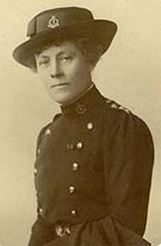
Image Source: Life on the Home Front
Sources: Canadian War Museum, The Canadian Encyclopedia, Wikipedia, and South Peace Regional Archives